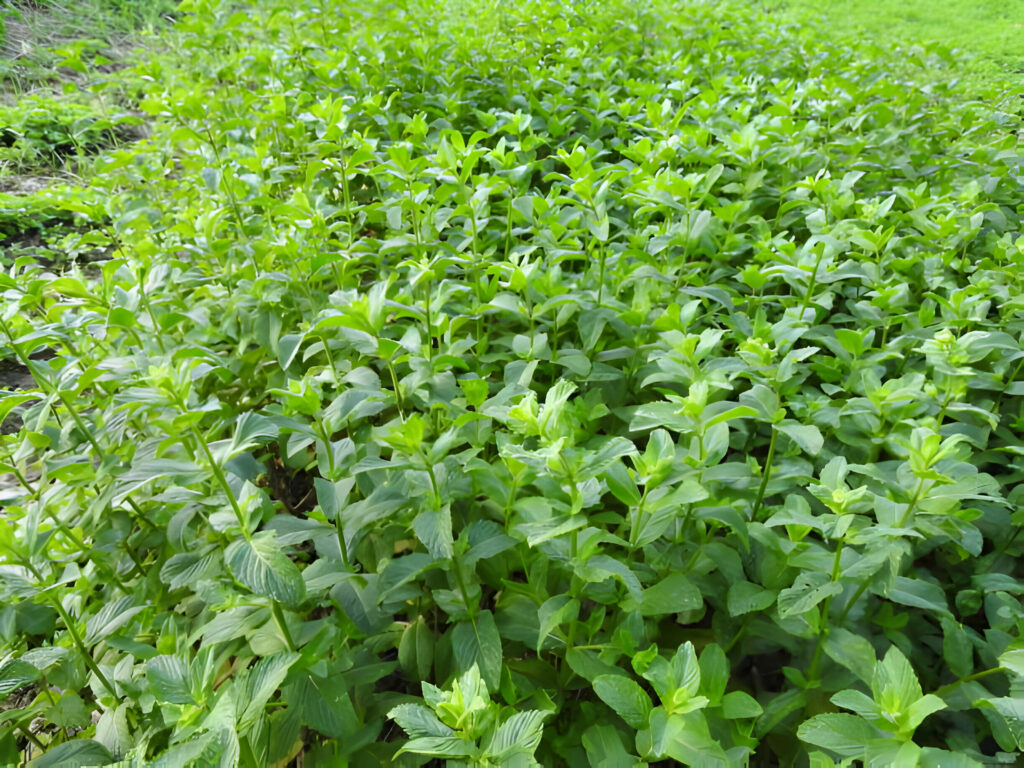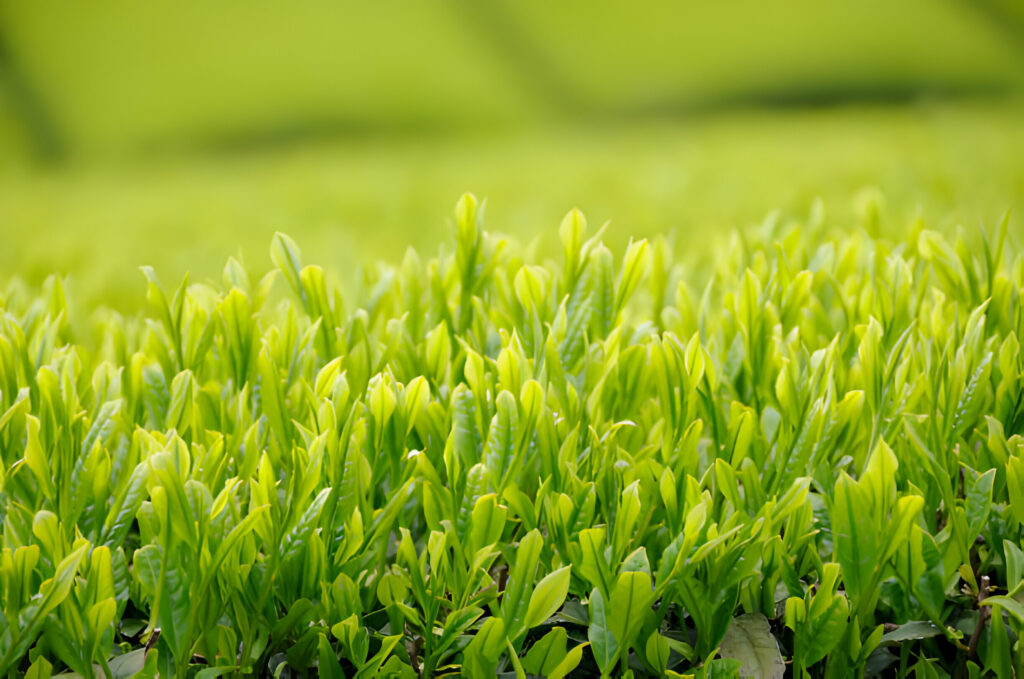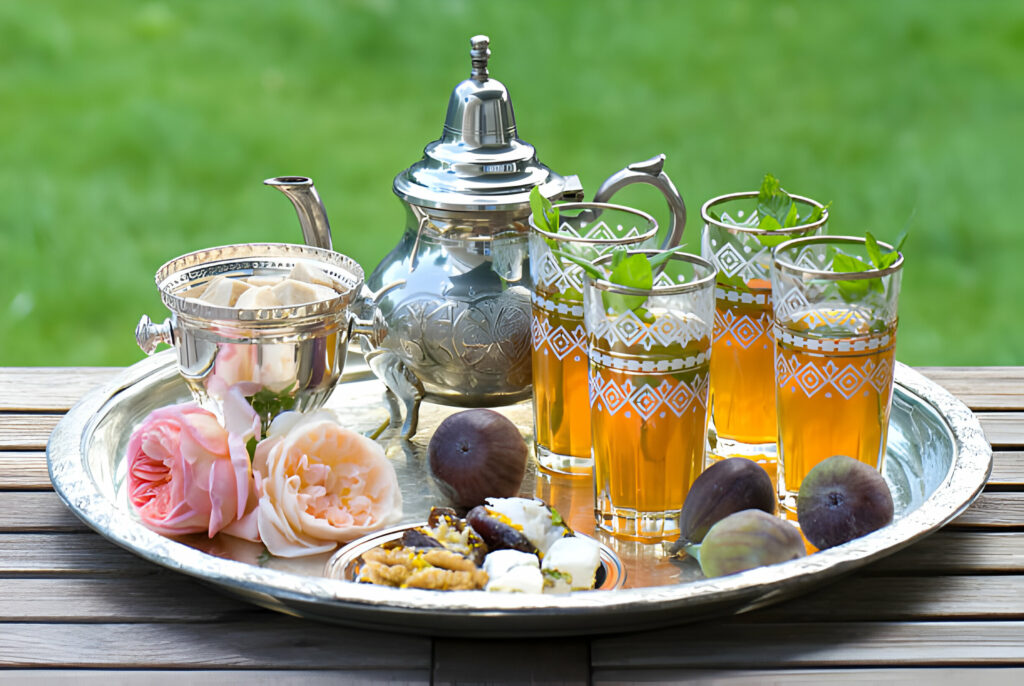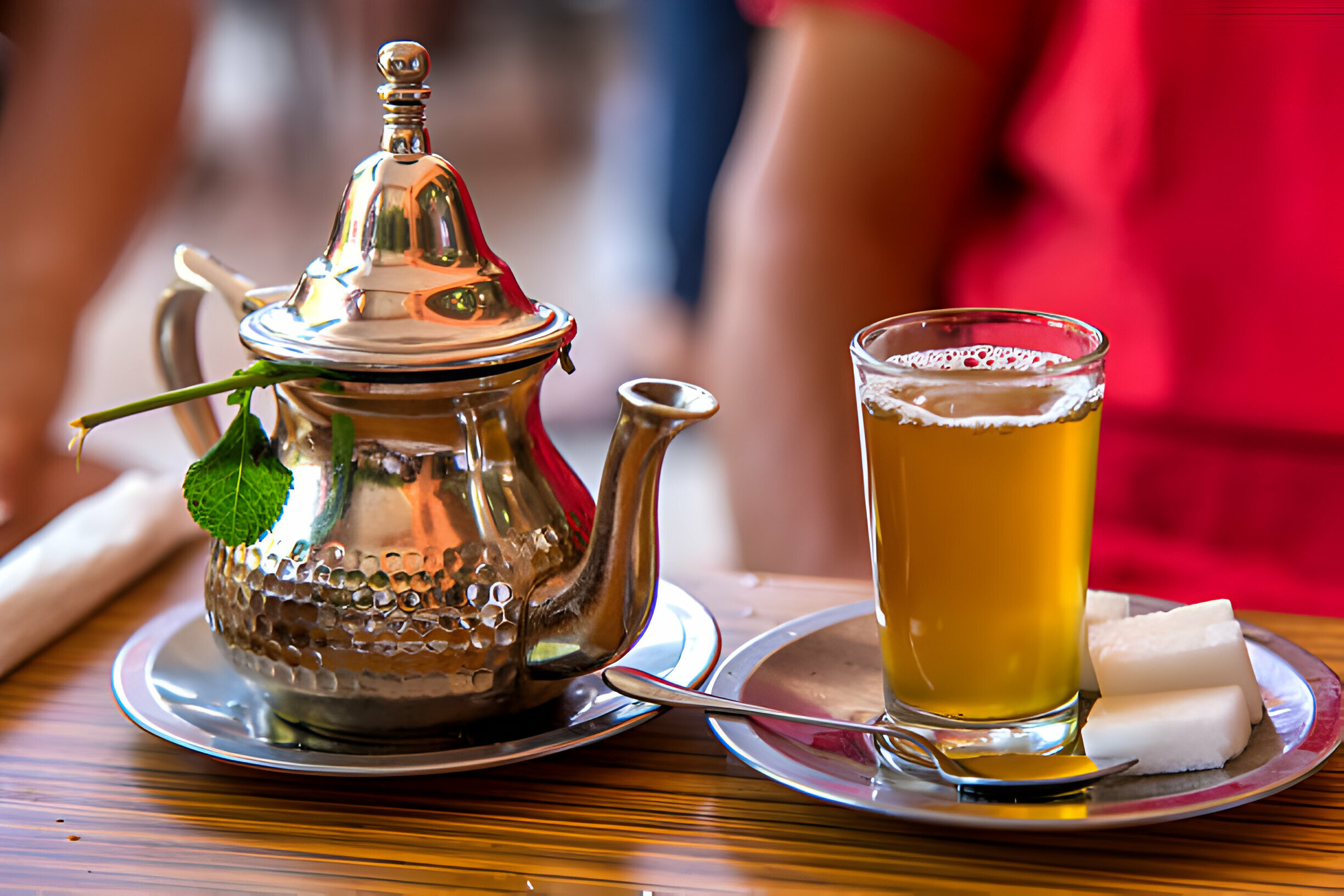Introduction to Moroccan tea
Moroccan tea culture is a vibrant and integral aspect of Moroccan hospitality and social customs. From bustling souks to serene riads, tea plays a central role in daily life, symbolizing warmth, generosity, and connection. In this exploration, we delve into the rich tradition of Moroccan tea, tracing its journey from plantation to pot and uncovering the artistry behind its preparation and consumption.
The journey of Moroccan tea: from plantation to pot
Cultivation of tea in Morocco


Despite common misconceptions, tea has deep roots in Moroccan history, tracing back to the 18th century when British and French traders first brought it to the region. Presently, Morocco proudly hosts flourishing tea plantations, particularly in the Rif Mountains and the Atlas Mountains‘ foothills. The distinctive terroir, marked by fertile soil and a moderate climate in these areas, creates an optimal setting for tea cultivation. This rich heritage reflects Morocco’s enduring connection with tea, showcasing the country’s ability to adapt and thrive in the cultivation of this beloved beverage.
Harvesting and processing tea leaves
In Morocco, the art of tea-making begins with the manual harvest of tea leaves, a process that guarantees superior quality and flavor. Following harvest, the leaves undergo a precise series of steps, including withering, rolling, oxidation, and drying. The skilled craftsmanship of Moroccan tea artisans is showcased through their meticulous attention to detail at each stage of production. This dedication results in teas distinguished by their exceptional aroma and taste. The combination of traditional harvesting techniques and the expertise of these artisans contributes to the unique and delightful character of Moroccan tea.
The art of tea preparation: Moroccan style
Traditional Moroccan tea ceremony

The traditional Moroccan tea ceremony, known as “atay b’nana,” is a time-honored ritual that embodies hospitality and tradition. The ceremony begins with the boiling of water in a decorative tea kettle known as a “berrad.” Once the water reaches a vigorous boil, loose green tea leaves, typically Chinese gunpowder tea, are added to the pot along with fresh sprigs of spearmint and a generous amount of sugar. The tea is then steeped to perfection before being poured into small, delicate glasses from a height to create a frothy foam—a technique known as “nkhayen.”
Ingredients and preparation techniques
Moroccan mint tea is renowned for its refreshing flavor and aromatic fragrance, achieved through the careful balance of ingredients and preparation techniques. In addition to green tea leaves and spearmint, other variations may include additions such as lemon verbena, sage, or wormwood. The proportion of tea to mint varies according to personal preference, with some preferring a stronger tea flavor and others favoring the refreshing taste of mint.
Tea culture and social customs in Morocco
Tea as a symbol of hospitality

In Moroccan culture, presenting tea to guests symbolizes profound hospitality and camaraderie. Whether enjoyed amidst the vibrant energy of a market stall or the tranquility of a courtyard, tea bridges social gaps, fostering moments of conviviality. The ritual of brewing and serving tea carries great significance, embodying values of respect, generosity, and goodwill. This cherished tradition goes beyond a mere beverage, becoming a cultural conduit that unites individuals from diverse backgrounds. The act of sharing tea underscores the deep-rooted importance of forging connections and nurturing relationships, encapsulating the warmth and inclusivity inherent in Moroccan hospitality.
Tea rituals in Moroccan daily life
In Morocco, tea transcends its role as a mere beverage, becoming an inseparable aspect of daily existence. Woven into the fabric of everyday life, it graces morning familial gatherings, afternoon conversations with friends, and evening festivities with guests. This cherished tradition extends beyond mere refreshment, transforming the tea table into a central hub for social interaction. Here, amidst the aromatic steam, bonds are strengthened, and enduring memories are forged. Whether celebrating, unwinding, or connecting, tea in Morocco symbolizes more than a drink—it encapsulates the essence of communal joy and shared moments, enriching the tapestry of daily existence.
Health benefits and culinary uses of Moroccan tea
Therapeutic properties of Moroccan mint tea
Moroccan mint tea is a sensory delight with extensive health benefits. Its key ingredient, spearmint, is celebrated for its digestive prowess, easing stomach discomfort and enhancing overall digestion. Beyond its digestive benefits, mint tea is prized for its refreshing and invigorating qualities, offering a natural energy boost devoid of caffeine-induced jitters. This traditional beverage not only tantalizes taste buds but also serves as a holistic remedy for digestive well-being and a rejuvenating source of natural energy. Immerse yourself in the rich cultural and healthful experience of Moroccan mint tea.
Culinary applications in Moroccan cuisine
Moroccan tea transcends its traditional beverage status, venturing into culinary domains to enrich a diverse array of dishes. This versatile ingredient imparts depth and flavor to Moroccan cuisine, featuring prominently in savory tagines infused with tea and sweet pastries delicately flavored with mint. Its nuanced notes harmonize seamlessly with a medley of spices like cinnamon, ginger, and saffron, contributing to the intricate layers of flavor that characterize Moroccan gastronomy. Beyond being a beloved drink, Moroccan tea emerges as a key player in elevating dishes to unparalleled heights of culinary excellence, showcasing its adaptability and significance in the country’s rich culinary tapestry.
Sustainable practices in Moroccan tea production
Environmental conservation efforts
With growing awareness of environmental sustainability, Moroccan tea producers are increasingly adopting eco-friendly practices to minimize their ecological footprint. These efforts include organic farming methods, water conservation initiatives, and reforestation projects aimed at preserving the natural habitats of tea-growing regions. By prioritizing environmental stewardship, Moroccan tea producers are safeguarding the long-term viability of tea cultivation for future generations.
Fair trade initiatives and community development
Moroccan tea producers not only prioritize environmental sustainability but also champion social equity and community development via fair trade initiatives. Their commitment extends to guaranteeing fair wages, ensuring safe working conditions, and providing opportunities for education and healthcare. By engaging in partnerships with fair trade organizations, these producers actively contribute to the prosperity of tea workers and their families. The initiatives foster economic resilience and social cohesion, creating a positive impact on tea-growing communities. Through these combined efforts, Moroccan tea production becomes a catalyst for holistic development, intertwining environmental responsibility with social and economic empowerment.
Conclusion
Moroccan tea is not merely a beverage but a cultural institution that embodies the warmth, hospitality, and tradition of Moroccan society. From its humble origins on tea plantations to the elaborate rituals of tea preparation and consumption, Moroccan tea is steeped in history, artistry, and symbolism. As we savor each sip of mint tea, let us toast to the timeless beauty of Moroccan tea culture and the enduring bonds it creates.



